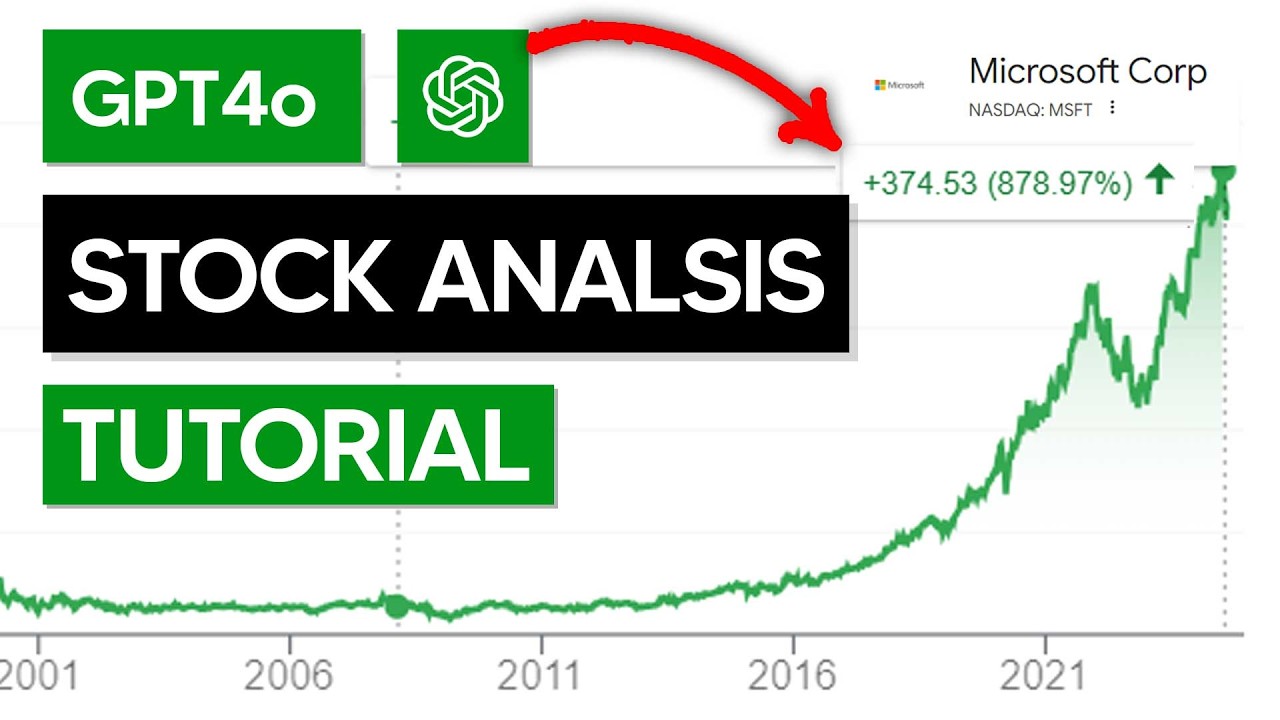20 Great Suggestions For Choosing Trader Ai App Websites
20 Great Suggestions For Choosing Trader Ai App Websites
Blog Article
Top 10 Tips To Evaluate The User Experience And Interface Of Ai Platforms For Trading Stocks
The User Interfaces and user experiences are crucial to the effectiveness of an AI platforms for analyzing and predicting stocks. An undesigned interface could hinder decision-making, even if the underlying AI models are robust. Below are the top 10 tips to evaluate UX/UI.
1. Check the user-friendliness simple, intuitiveness and speed
Navigation: Make sure that the platform is easy to use, using buttons and menus that are simple to comprehend, as well as workflows.
Learning curve: Find out how quickly users new to the platform can learn and operate a platform without lengthy training.
Consistency - Examine the patterns used on all platforms for uniformity (e.g., button colors styles, colors).
2. Make sure you check for customizability.
Dashboard customization: Check if the dashboard can be customized to display relevant metrics chart, data, or charts.
Layout flexibility - Ensure that your platform is able to allow users change the size or layout of widgets as well as charts.
Themes and preferences: Find out whether the platform has dark or light styles or other options for visuals.
3. Visualize data quickly and easily
Chart quality: Make sure the site offers interactive charts of high quality (e.g. candlestick charts lines charts) that include zoom and pan functions.
Visual clarity Make sure to ensure that the data is displayed in a clear and concise manner that includes labels, legends and tip-offs.
Real-time updates: Verify that the visualizations are updated in real-time to reflect any changes in the market.
4. Test the responsiveness and speed
Loading speed: Check that the platform is loaded fast, even when there are massive databases.
Real-time Performance: Find out if the platform has the ability to handle data feeds with no lag.
Cross-device compatibility: Make sure that the platform runs seamlessly on every device, including desktop, mobile and tablet.
5. The accessibility of the facility should be evaluated
Mobile app availability: Check if the platform has a mobile app that is fully capability to trade while on the move.
Keyboard shortcuts - Ensure that the platform has keyboard shortcuts available for power users.
Accessibility features - Check that the application is compliant with accessibility standards.
6. Use the Examine Search and Filtering Function to examine your information.
Search effectiveness: The platform should allow users to quickly search stocks, indices as well as other investments.
Advanced filters: See how you can narrow your results by using filters (e.g. sector, market capital, performance metrics).
Saved search: Check if the platform allows users save frequently used searches and filters.
7. Be sure to check for alerts and notifications.
Alerts that can be customized. Users should be able to set alerts for specific circumstances (e.g. prices thresholds, surges in the volume).
Notification delivery - Verify whether alerts are being delivered via multiple channels.
Check for promptness and the accuracy of alarms.
8. Assessment of Integration to Other Tools
Integrating brokers is essential to ensure smooth trade execution.
API access: Discover the API access for advanced users. the API to create their own custom software or workflows.
Third-party interfaces: Verify whether the platform has integrations with third-party tools (e.g. Excel or Google Sheets) and trading robots.
9. Look over the Help and Support Features as well as the Support Features.
Onboarding Tutorials: Verify whether your platform provides tutorials or guides for new users.
Help center. Check that your platform is equipped with a comprehensive help center.
Customer support - Check whether the platform has a responsive assistance (e.g. email or live chat).
10. Test Overall User Satisfaction
Feedback from users: Reviews and testimonials are used to determine the general satisfaction of the users with the UI/UX platform.
Trial period: You can use a demo or free trial to try the platform and determine its suitability.
What is the platform's approach to handling edges and errors?
Bonus Tips:
Aesthetics. While function could be the most significant aspect, a pleasing visual design can greatly enhance the overall user experience.
Performance under pressure Test your platform in volatile markets to verify that it is stable and responsive.
Find out if the platform offers an active user community in which users can share feedback and share suggestions.
By following these tips to evaluate the UI/UX of AI platform for analyzing and predicting stocks and make sure they're efficient, user-friendly, and aligned with your specific trading requirements. A great UI/UX will assist you make better choices and manage your trades more effectively. Take a look at the top rated ai trading bot for more examples including ai stock picks, ai stock picker, best stock analysis website, free ai tool for stock market india, ai trading software, chart analysis ai, copyright financial advisor, incite ai, trading ai, trading with ai and more.
Top 10 Tips To Evaluate The Speed And Latency Of Ai Platform For Analyzing And Predicting Trading Stocks
For algorithmic, high-frequency and active traders the area of speed and latencies are key factors when evaluating AI platforms to forecast stock prices and analyze. Even milliseconds delay can have an impact on the profitability of trading. Here are the top 10 tips for measuring the speed of the platform.
1. Real-time Data Feeds to evaluate
Speed of delivery of data - Ensure that the platform is able to provide real-time information with minimal delay (e.g. a sub-millisecond latency).
Verify the source's proximity to the most important exchanges.
Data compression: Determine whether the platform is using effective data compression techniques to speed up data delivery.
2. Test Trade Execution Speed
Processing time for orders: This is the duration it takes for the platform to process and execute trades once you have submitted an order.
Direct market access: Check whether the exchange allows direct orders to be made to the exchange.
Execution reports. Check if the platform has detailed execution reports. These reports must include timestamps for the submission of orders, confirmation of orders and fill.
3. Assess Platform Response
User interface (UI also known as user interface speed): This is the speed at which the UI of a platform responds to inputs you make (e.g. clicking buttons or loading graphs).
Chart updates - Verify that the charts are updated in real time and without any delay.
Mobile app performance When using a mobile app be sure that it is running as quickly as the desktop version.
4. Check for low-latency network infrastructure
Server Locations: Select servers with low-latency that are near major financial centers, or exchanges.
Co-location services: Check whether the exchange offers colocation services that allow the hosting of your trading algorithms on servers near to the exchange.
High-speed network: Determine if the platform is using high-speed fibre-optic networks, or other low latency technologies.
5. Backtesting and testing the speed of simulations.
Historical processing of data: Find out the speed at which your platform analyzes and processes historical data.
Simulation latency: Make sure the platform is able to simulate trades in real-time without any noticeable delay.
Parallel processing: Check that your platform supports parallel processing, or distributed computing to speed the process of complex calculations.
6. Estimate API Latency
API response times: Find out the speed at which APIs respond to requests (e.g. retrieving data from the platform, putting in orders).
Rate limits: Verify whether the API has reasonable rate limits to avoid delays during high-frequency trading.
WebSocket: Check whether the platform supports WebSocket protocols which permit streaming data in real time with minimal latency.
7. Test Platform Stability under Load
High-volume trading: Play high-volume trading scenarios to see whether the platform is steady and responsive.
Try the platform out in periods of high volatility on the market to ensure it can handle rapid changes in price.
Stress testing: Find out if your platform provides tools for stress-testing strategies under extreme conditions.
8. Assess the connectivity and network of your choice
Internet speed needs. Check that your connection is fast enough to match the speed recommended by the platform to ensure the best performance.
Check for redundant connections.
VPN latency: If you use a VPN check whether it causes significant latency. Also, determine if the provider has alternatives.
9. Check for speed optimization features
Pre-trade analytics: Make sure the platform provides pre-trade analytics to optimize the speed of execution and order routing.
Smart order routing (SOR) Find out if the platform uses SOR to determine the most efficient and most cost-effective execution venues.
Monitoring latency: Determine that the platform offers tools for monitoring and analyzing latency in real-time.
Review User Feedback & Benchmarks
User reviews: Research feedback from users to evaluate the platform's speed as well as latency performance.
Third-party Benchmarks: Find independent benchmarks that compare the speed of a platform with its rivals.
Case studies Ask the platform if it has any cases studies or reviews that demonstrate its capabilities for low latency.
Bonus Tips
Trial period: Take a the free trial or demo version of the platform to see how it performs in real scenarios.
Support for customers: Make sure the platform provides support for latency-related issues or for optimization.
Hardware requirements: Determine whether you require specific hardware to get the best performance (e.g. high-performance computers).
These tips will help you to assess the speed and latency of AI software for predicting and analyzing stocks. This way you can pick a platform that is suitable for your requirements while minimizing delays. Platforms that are low-latency are crucial for high-frequency algorithmic traders. small delays could negatively affect their earnings. View the top rated ai investment platform url for more info including copyright ai trading bot, copyright ai trading bot, copyright advisor, ai based trading platform, ai trading bot, best stock analysis website, ai based trading platform, ai stock prediction, best ai for trading, getstocks ai and more.